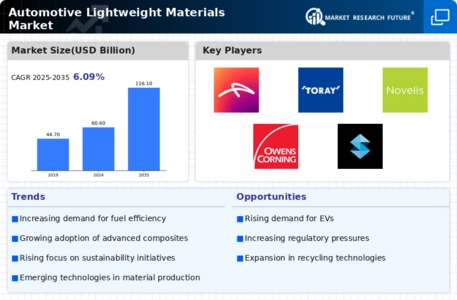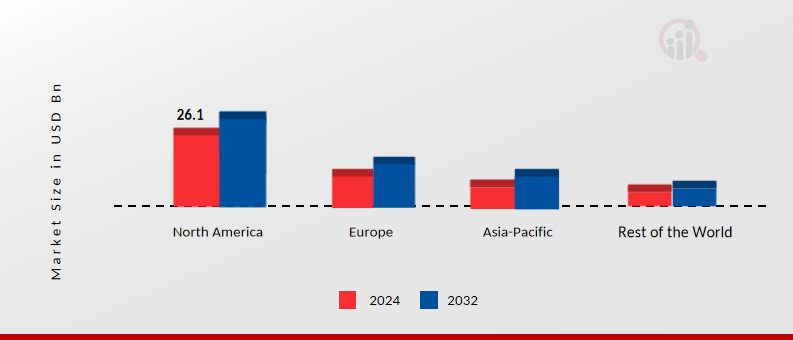Market Analysis
In-depth Analysis of Automotive Lightweight Material Market Industry Landscape
A clear example of this is the rising demand for lightweight materials in automobiles where the focus has been moved from the traditional heavy metals like steel and iron. The adoption of lightweight materials in vehicles is encouraged by stricter environmental regulations designed to reduce pollution caused by emissions. Such laws make it obligatory for car manufacturers to adopt lighter materials in their products. For instance, Fuel efficiency standards which were introduced as a result of an increased awareness of climate change have led to the shift in automotive manufacturing trends towards lightweight materials. Many automobile companies are switching to lighter materials such as plastics or CFRPs that are strong enough to withstand forces without bending. This contributes towards weight reduction and subsequently fuel consumption levels are minimized. However, the most important factor contributing to its growth momentum is the surge in demand for fuel efficient vehicles globally due to narrowing of consumerism trends and stringent government policies on emissions globally. The effects felt across different industries including automotive have made analysts predict that recycling rates will increase rapidly during this period leading to more availability of light weight recyclable materials particularly aluminum. At present, technological developments have changed people’s perception about the role played by vehicles besides just being ordinary means of transport. Other factors affecting this market include new technology applications.
In addition, for automakers interested in lightening their vehicle fleets, it may be interesting since there are many benefits often associated with lighter cars such as enhanced safety features among others. Due to this reason, many car makers started using composites like glass or aramide fiber reinforced polymers (GFRPs) instead of metal alloys thereby enabling them achieve weight reductions. Another reason why automakers are incorporating lightweight materials into their vehicles is because they understand that fuel costs can be one of the biggest expenditures for their customers after purchasing the vehicle. One common approach is differentiation through material innovation. Firms invest heavily in research and development to create lightweight materials that offer superior strength and durability. In order to have a competitive advantage using lighter components, manufacturers are introducing advanced materials like carbon fiber composites, aluminum alloys, and advanced high-strength steel.










Leave a Comment